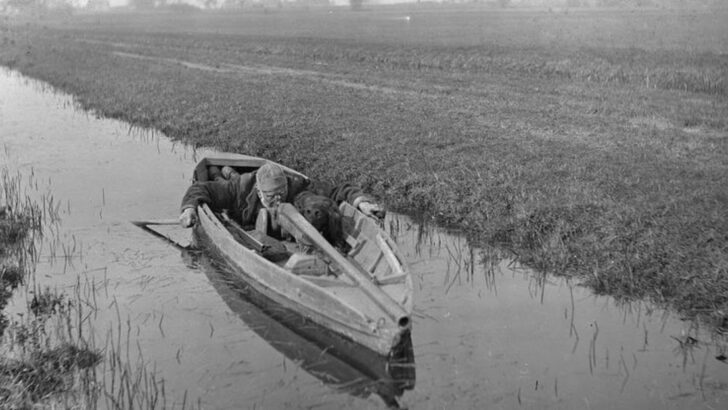Once upon a time in America, hunting wasn’t just rugged—it was reckless.
Men shot bison from moving trains. Birds were killed by the thousands for their feathers. Some folks hunted with dynamite. Yes, dynamite.
The line between survival and sport got blurry, and nature paid the price. Species vanished. Populations crashed. All while hunters bragged about their trophies and posed beside mountains of animal corpses.
Today, those same acts would land you in court—or behind bars.
So what exactly were these wild practices? Which laws did they break before the laws even existed?
Buckle up. We’re heading into a gritty, jaw-dropping chapter of American history where rifles spoke louder than reason—and wildlife had no voice at all.
Bison Mass Slaughter
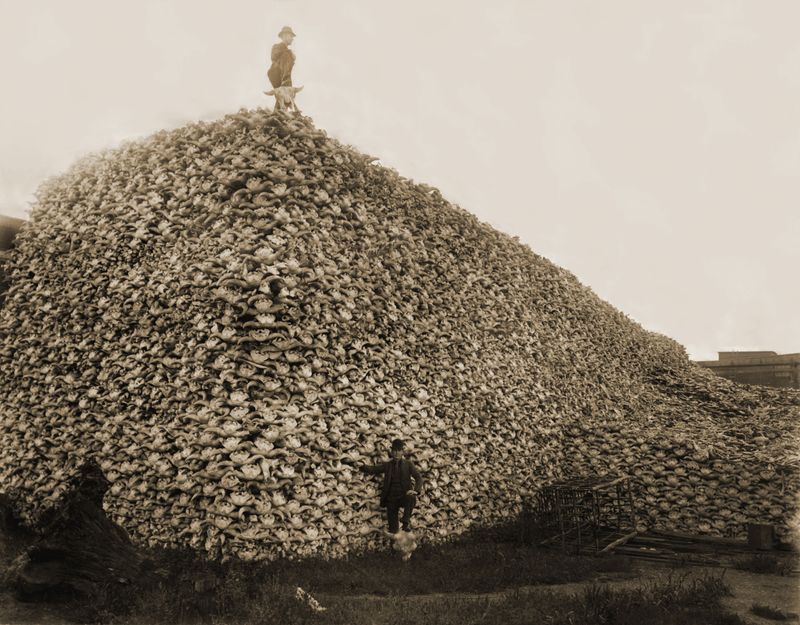
The 19th century witnessed a grim chapter for bison in America. Hunters, driven by profit and the allure of bison hides, decimated bison populations across the plains. Entire herds were wiped out, often leaving carcasses to rot. This relentless mass slaughter served commercial interests and caused ecological havoc. Such wholesale destruction would be unimaginable today under modern wildlife conservation laws. The bison massacre stands as a stark reminder of unchecked exploitation. Conservation efforts have since helped bison recover, but the scars of history linger.
Market Hunting for Passenger Pigeons
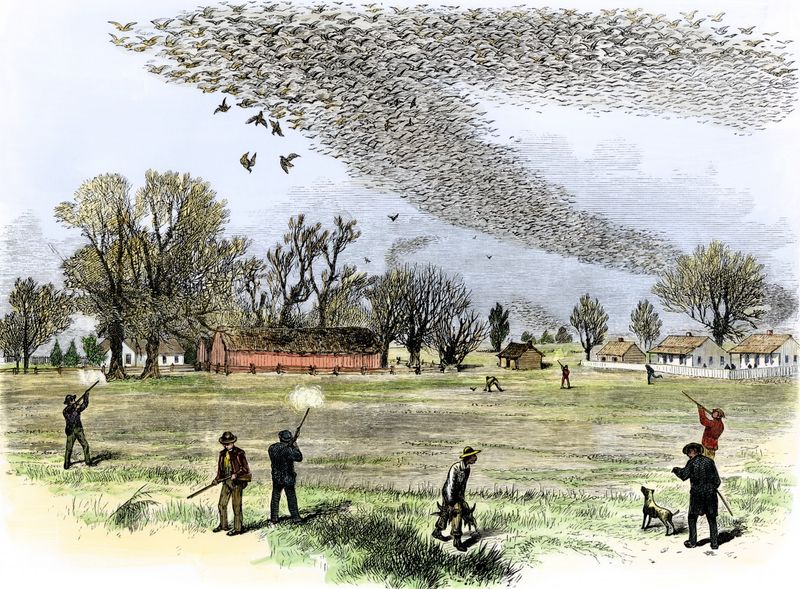
Once numbering in billions, passenger pigeons darkened the skies of North America. Their abundance turned them into prime targets for market hunters. These hunters supplied urban markets with pigeon meat, leading to unsustainable harvesting. Entire colonies were decimated in breeding seasons. This relentless hunting pressure contributed to the extinction of passenger pigeons by the early 20th century. Modern conservation laws would prevent such a catastrophe today. The passenger pigeon’s fate highlights the consequences of unregulated market hunting and the need for sustainable practices.
Punt Guns in Waterfowl Hunting
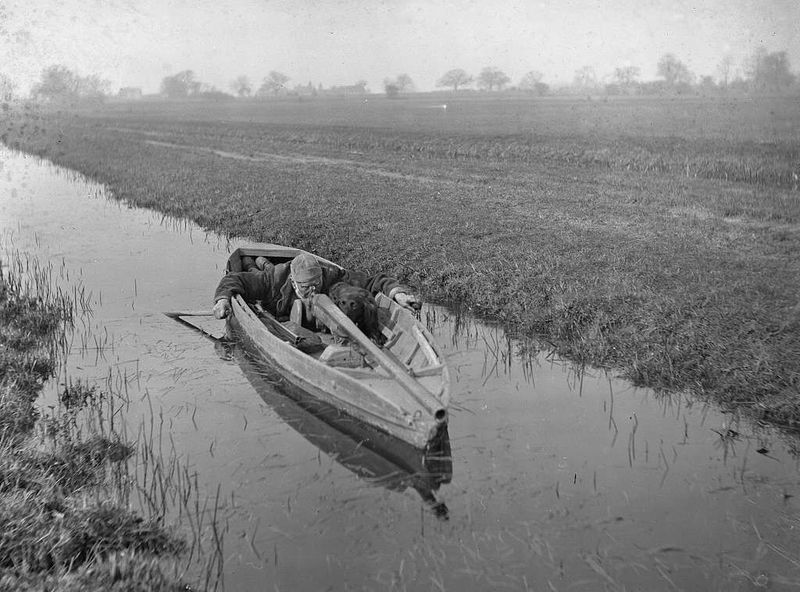
Imagine a gun so large it required a boat for support—welcome to the world of punt guns. These behemoth firearms were designed to take down multiple waterfowl with a single shot. Hunters used them on wetlands, decimating bird populations. The sheer power of punt guns made them effective yet unsustainable. Modern regulations deem such practices unethical and illegal. The legacy of punt guns underscores the importance of balancing hunting efficiency with ecological responsibility. Though outlawed, they remain a curious artifact of hunting history.
Baiting Bears with Live Animals
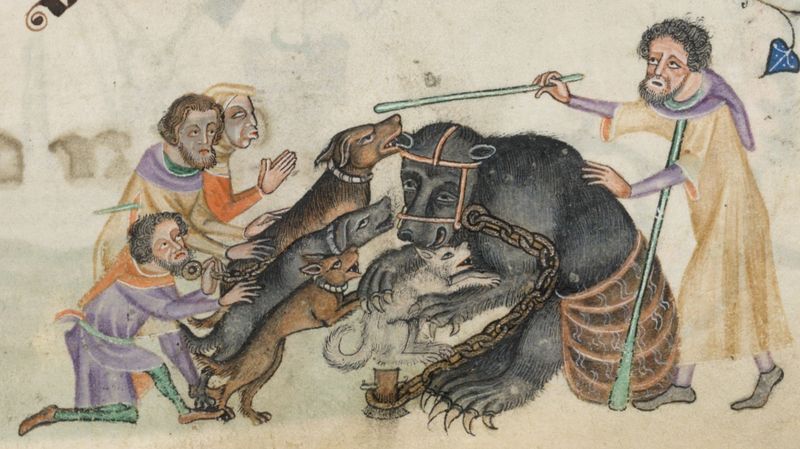
In the annals of bear hunting, baiting with live animals paints a grim picture. Hunters in the 19th century used livestock as bait to lure unsuspecting bears. This practice, considered inhumane and unethical today, highlighted the lengths hunters would go for a successful kill. The bear, drawn by the cries of trapped animals, walked into waiting ambushes. Modern laws emphasize humane hunting techniques, rendering such methods illegal. The bear baiting of yore serves as a testament to evolving ethics in hunting practices.
Trapping Wolves with Poison
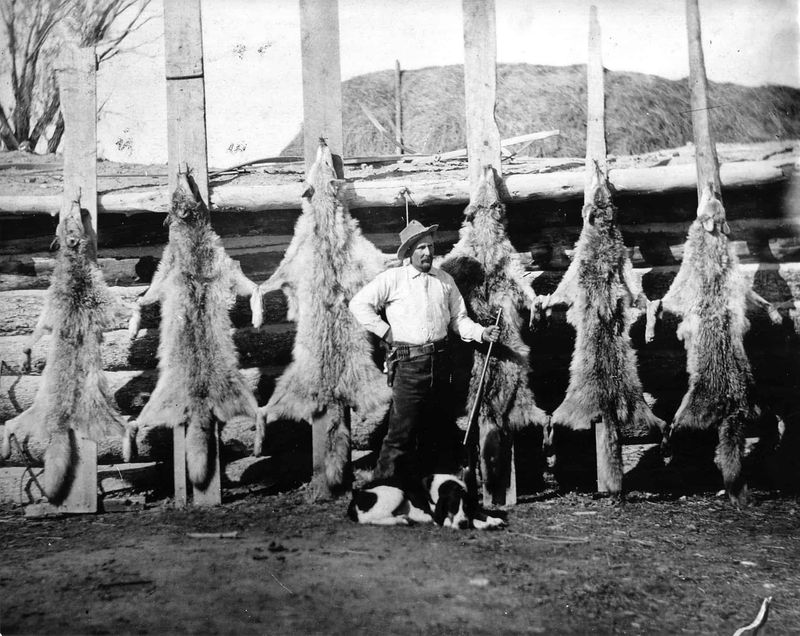
The 1800s saw wolves perceived as threats to livestock and human settlements. Poison-laden traps became a favored method to control their numbers. This harsh approach lacked selectivity, often killing non-target species and disrupting ecosystems. Modern wildlife management practices reject such indiscriminate techniques. The history of wolf trapping with poison highlights the importance of targeting conservation methods that preserve ecological balance. Thankfully, contemporary efforts focus on coexistence rather than eradication.
Killing Eagles for Bounty
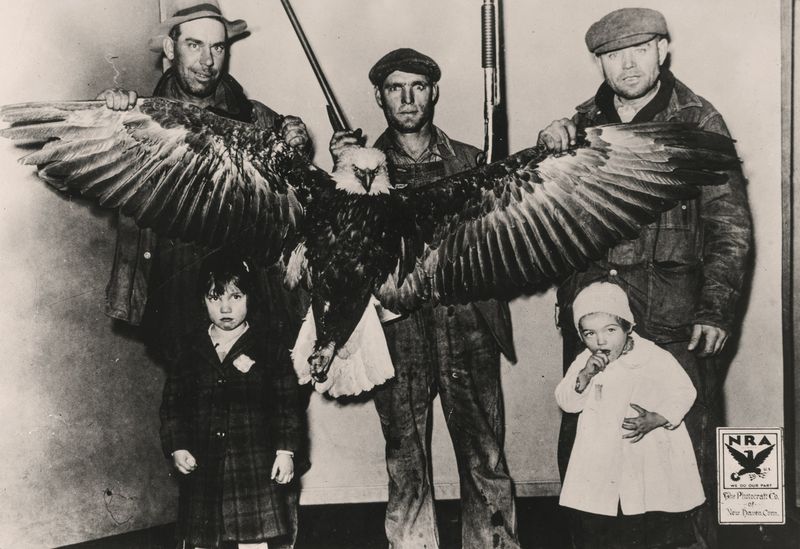
Eagles, symbols of strength and freedom, were once hunted for bounties in the U.S. Early 20th-century hunters pursued them, motivated by financial rewards. This practice ignored the ecological role eagles play as apex predators. Modern laws protect eagles, recognizing their importance in ecosystems. The bounty system serves as a cautionary tale of placing economic incentives over ecological wisdom. Today, eagles soar freely, hailed as protected species, reinforcing the shift towards respect and conservation.
Coyote Drives

Imagine throngs of riders and hounds converging on the plains, driving coyotes into enclosures. Coyote drives, a form of communal hunting, aimed at reducing livestock predation. However, they often resulted in indiscriminate killing and ecological imbalance. Modern wildlife management discourages such methods, emphasizing cohabitation over extermination. The coyote drives of the past illustrate the shift from collective eradication to informed conservation. Today, coyotes are managed through scientific understanding rather than mass drives.

